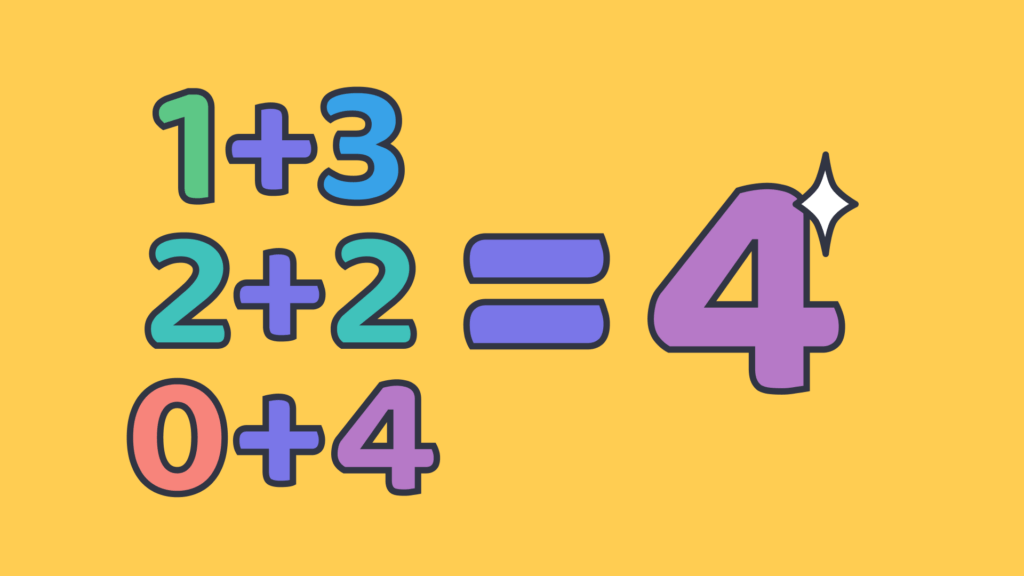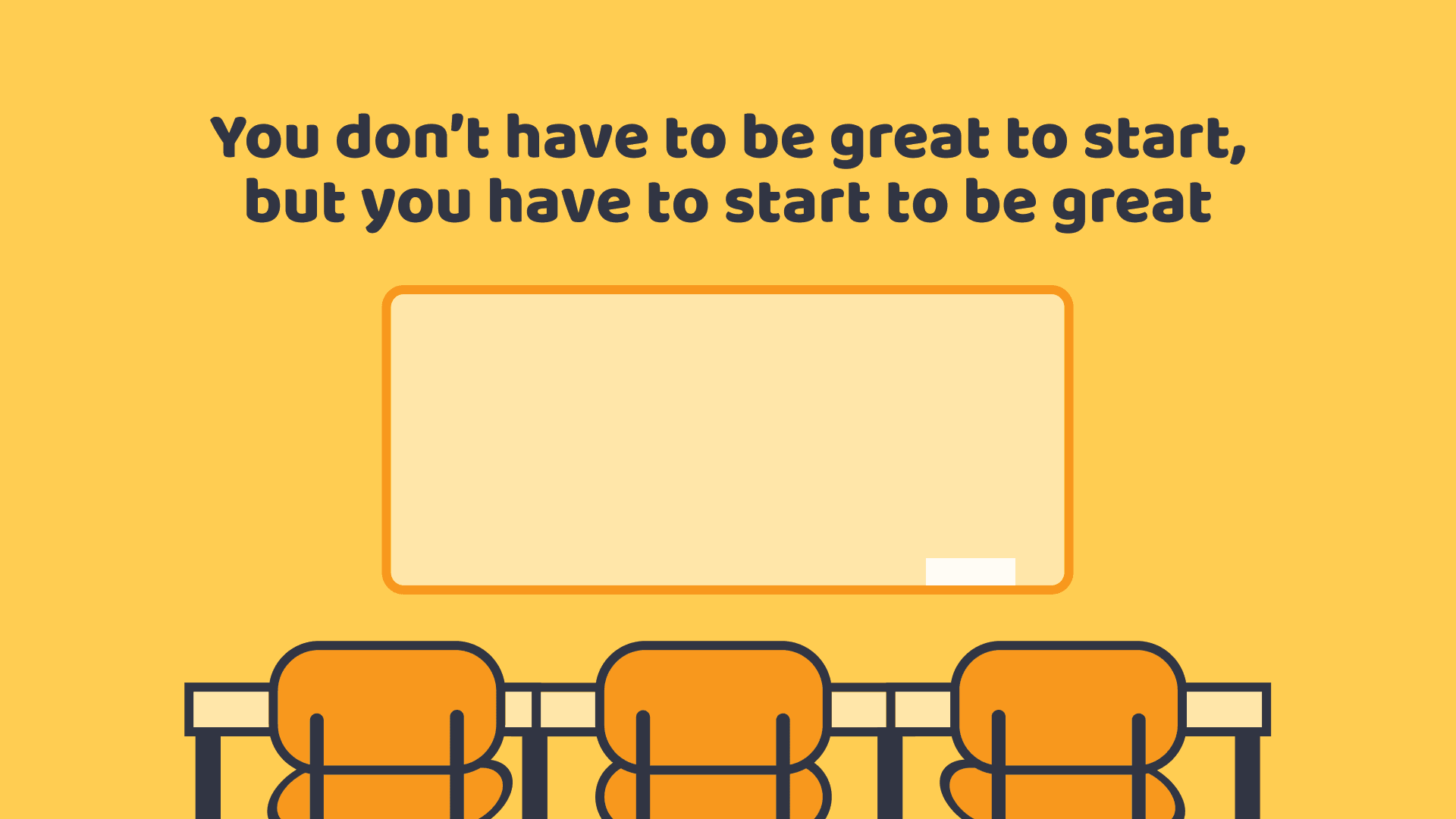12 Activities to promote creativity in the classroom
In this guide
Creativity is an integral part of all subjects and is considered an important skill to prepare students to be successful in their future college and career pursuits. Educators in every subject can infuse their classroom learning with opportunities to develop the skill of creativity.
While used interchangeably, creativity and creative thinking are related, but not the same.
- Creativity is the generation of unique ideas and solutions.
- Creative thinking, on the other hand, is the process of evaluating those ideas and solutions from a unique perspective.
While educators are often responsible for nurturing creativity in the classroom, they are also faced with the conundrum that creativity is hard to assess because of the inherently internal process of being creative.
In order to assess a skill, that skill must be both observable and measurable. Creativity is challenging to assess as a skill because, by its nature, what is deemed creative is subjective. It involves aspects of imagination, intuition, and innovation, all aspects that are not readily observable nor measurable. However, creative thinking involves observable skills such as problem-solving, generation of multiple solutions, and making connections between disparate concepts.
Much like any other skill, creativity can be practiced and taught, not just in the art classroom, but across all disciplines. Incorporating learning that fosters creativity and creative thinking will help students learn to be adaptable problem-solvers ready for the challenges of the 21st Century workforce.
As a former Art teacher, I would often create activities to help spark creativity through engaging them in the process of divergent thinking. This article considers this manner of developing creative thinking through divergent processes and dives into a range of different activities for all grade levels and across core subjects that should ignite your student’s creativity.
Activities for Grades K-2:
1) Math

Try getting your students to think outside the box- ask students how many different ways they can make the number four.
Students might then answer that 4+0=4, 3+1=4, 2+2=4,1+3=4, 0+4=4. This could be done using tangible objects such as small counters, stuffed animals, Lego blocks – the possibilities are endless!
Not only does this activity help students to practice math fluency, but it also helps them to practice flexibility and originality in problem-solving.
Students can then synthesize information that enhances mathematical understanding. For example, 4+0=4 is the same as 0+4=4.
2) Science
This activity not only allows students to get out in nature, but it taps into their creative skills both artistically and scientifically.
Allow students to collect items from nature, such as rocks, leaves, twigs and flowers. They can then look to the artwork of Andy Goldsworthy for inspiration and create their own nature collage to visually represent their observations.
To enrich this experience, have students document their sensory experiences with the items they have collected. Have students record smells, textures, colors, sounds, etc., both strengthening student’s observation skills and introducing them to the process of scientific inquiry.
3) History
Play is an important part of the learning process for students in this age group.
Expanding on their natural affinity to play, students can assume the role of different jobs in the local community. For example, they might dress up or play as a teacher, police officer, lawyer, etc. to help them have a stronger understanding of social structures, communication, and community.
Teachers can also leverage storytelling and have students role play a significant event in the history of their local community.
This activity also facilitates students exploring originality and sustained engagement.
Activities for Grades 3-5
4) Math
This activity aims to foster creativity through data collection and presentation. Begin by talking to students about where numbers come from and why we have them. Discuss alternate systems of numbers (Roman numerals, etc.). Then guide students to create a new set of numbers (symbol or picture based).
Students should create a unique system, though much like our current numeric system, that only uses ten digits. Students can then use their new numeric system to solve math problems in class.
5) Art

One lesson I use with 4th grade students aims to help students gain an understanding of synthesis by combining two different animals into a new unique creature. This activity is designed to build creative skills by combining disparate ideas into a new whole.
I began this lesson by setting out several toy replica animals that students could use as a visual reference tool. Each student chose two toy animals and used these visual references as an observational tool to guide both their initial sketches and final clay sculptures.
Students were encouraged to think about how the combination of two different animals might increase that animal’s agility, camouflage, or predatory skills.
Finished sculptures were displayed as a gallery walk in the classroom, and students shared why they chose their particular animals and what benefits the animals gained through the combination of qualities.
At the end of the school year, many students shared that this project was one of their favorites.



6) History
For this activity, students take on an active role as school reporters. This allows students to dive deep into the world of news reporting.
Students will practice critical thinking skills, investigate multiple viewpoints, and think deeply about the context in which they report the school news. This activity stimulates divergent thinking while helping students make direct connections to their school community.
Students can interview each other, teachers, and administrators to get multiple viewpoints on a particular school topic.
Activities for Grades 6-8
7) Math
This interdisciplinary activity sends students on a scavenger hunt around their community to find geometric shapes in architecture!
Students can begin this activity at the school and then, if possible, move into the community and their own homes to find these geometric shapes.
Have students document the shapes through sketches or photographs. This activity helps students see the function of geometry through the lens of architecture, make real-world connections, and build their spatial awareness skills.
Alternatively, or as enrichment, students could also draw their own architecture and choose from a list of geometric shapes to incorporate in the design.
8) Art
Students hone their creative thinking abilities by fusing art and science in this activity.
Using images found online that depict microscopic organisms, students will find inspiration to create their own textile patterns.
- They will first analyze shape, color, and line as it relates to texture and create patterns inspired by microorganisms for a unique textile design.
- Then apply this textile to furniture, clothing, or even a phone case as a sketch or printmaking activity.
9) History
Students in this age group are passionate about inquiry and are often filled with questions.
Build on their natural inquisitive nature by having students create What If… posters.
- “What if the Civil War had been won by the South instead of the North?” or
- “What if the ‘Founding Fathers’ had been ‘Founding Mothers’ instead?”
Such questions spark divergent thinking and encourage students to investigate alternative endings as well as analyze the causes and effects of relationships throughout history.
Activities for Grades 9-12
10) ELA
This activity helps students examine the bias of the narrator.
It allows students to analyze the source from which information comes and consider that the narrator deliberately constructs information from their perspective.
Have students read ‘expert opinions’ from texts and then ask them to analyze whether or not this narrator is trustworthy or not.
Have students apply this skill to a variety of different sources of information both written, oral and visual.
This skill is becoming increasingly important in a technology driven world where fake news and views drive “reliability”.
11) Art
Teaching students to use their imaginations is a critical step in sparking creativity. One lesson I have used to achieve this was a drawing lesson I called “Strange Familiar”.
I challenged students to take an ordinary pencil and make it extraordinary by using drawings of it as the building blocks for creating a completely new subject, such as a car or an owl. Students began by drawing the contour outline of their chosen subject and then filled the interior with curved and morphed pencils.
Students were then challenged to find something strange and make it familiar. For example, Mike Wazowski from Monsters, Inc. is a strange little green monster but he is actually inspired by a very familiar animal; a frog.
The artist made this strange character feel familiar by giving it very human-like expressions and the human attributes of two arms and legs, all familiar features that were relatable for the audience.
This activity helped students think differently about ordinary objects that are often taken for granted and expanded their imagination to synthesize fantasy and reality by combining two objects that are not typically associated with each other to make the strange familiar, and the familiar strange.
12) Science

Critical thinking and ethical reasoning are vital skills needed in the workforce.
A creative way to foster these skills is by having students debate the ethics of humanoid robots as an emerging technology.
Students can research the ethics of robots and then prepare arguments for and against them or write reflective essays that reflect their stance on the topic.
Other areas that might also be debated and provided on a choice board include
- Climate engineering,
- Artificial intelligence, or
- Gene editing.
Educators who teach to build strong creativity skills are not merely teaching content. They are helping students build the skills they need to better adapt and tackle problems from multiple perspectives. Companies are looking for people to join their teams who can generate innovative solutions and work collaboratively to solve real-world problems, and teaching students these skills equips them to meet the competitive demands of an ever-changing workforce.

NaJuana Lee
briefcase iconSr Director of Learning and Development | Curriculum Design Expert
Dr. NaJuana P. Lee has a unique blend of expertise combining over 10 years of experience in both secondary and post-secondary education and 15+ years as a curriculum development expert. Her contributions have empowered teachers worldwide with culturally competent, innovative and engaging curriculum and teaching materials designed to facilitate all students succeeding.
Other posts
Want more content like this?
Subscribe for blog updates, monthly video releases, trending topics, and exclusive content delivered straight to your inbox.













